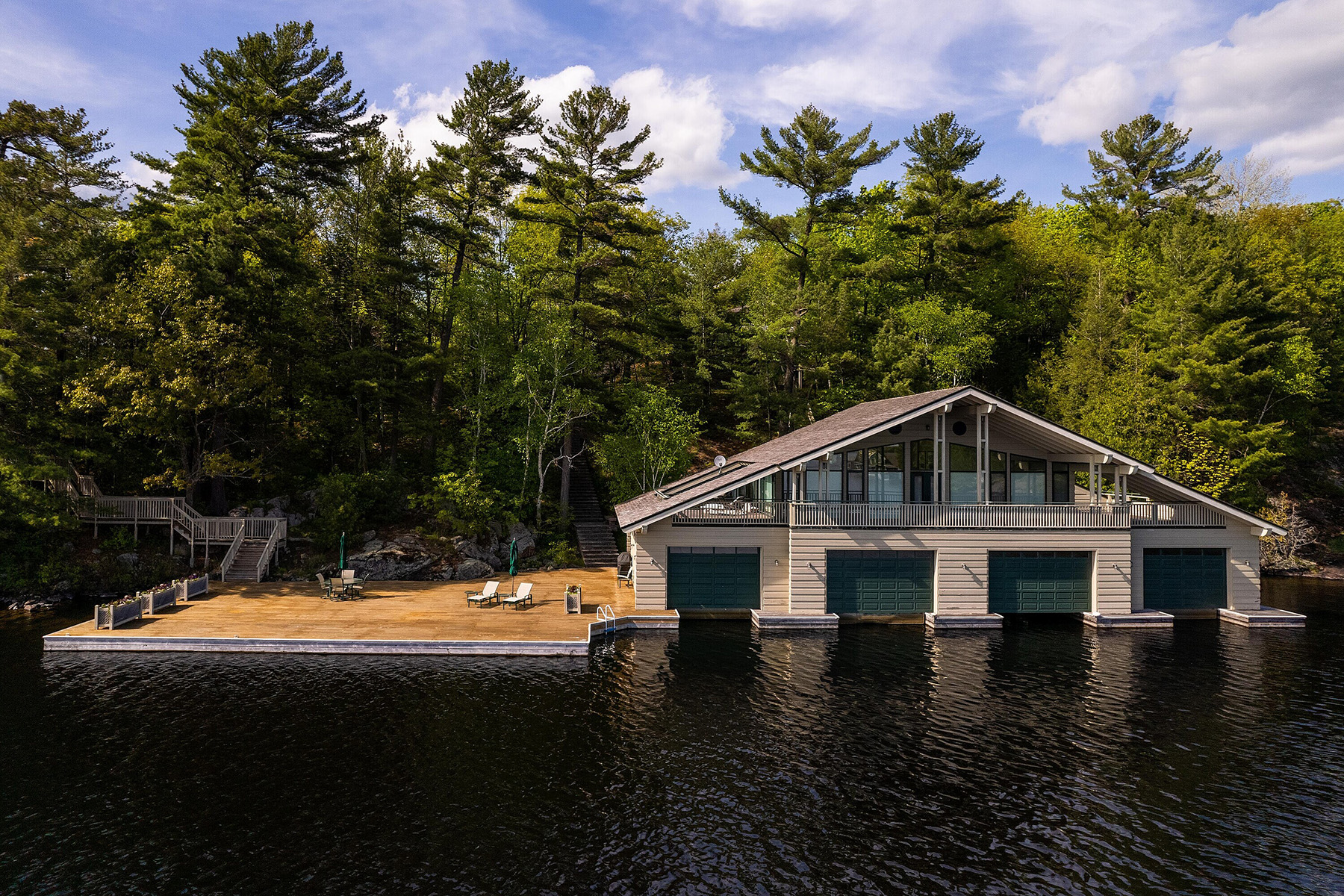In Canada, the key interest rate – which is the rate at which banks are able to borrow money when they are low on reserves funds – is determined by The Bank of Canada. Fluctuations in interest rates have an impact on nearly all aspects of the economy. Here are some of the ways interest rates can shape the real estate market.
Mortgage Rates
Mortgage rates are directly impacted by changes in interest rates. When the key interest rate is higher, banks will increase mortgage costs accordingly, which can reduce the number of potential home buyers who will be qualified for and able to afford a mortgage.
Market Supply and Demand
When interest rates are low, more people are able to afford a mortgage which can cause increased demand and competition among buyers. This can lead to higher asking prices, as buyers compete for a limited supply of homes on the market. Conversely, when interest rates are on the rise, homeowners may rush to sell their homes out of fear that they will soon be unable to afford their mortgage payments. Demand from buyers will be lower, so sellers may have to settle for a lower sale price than what they’d hope for.
Rental Market
When interest rates are high, many people who have been consider becoming first-time homebuyers may postpone their decision to buy and instead continue to rent. This can lead to increased competition in the rental market which may influence landlords to increase monthly rent costs.
Real Estate Investment
Those looking to increase their real estate portfolio may see periods of lower interest rates as an ideal time to do so. Again, this adds to demand among the housing market which can further increase asking prices on new homes. For those who already own investment properties, periods of higher rates can be desirable as there will be more people looking to rent homes, allowing them to raise rental prices.
New Construction
Low interest rates are favorable for developers looking to invest in new housing projects. Since the cost of borrowing money is low and the demand for housing is high, there is less risk involved in taking out loans to build new homes. In contrast, builders tend to put off new projects when interest rates are increasing which can lead to a reduction in housing supply.
Fixed-Rate vs. Adjustable Rate Mortgages
Interest rates impact buyers’ decision whether to opt for a fixed-rate mortgage (FRM) or an adjustable rate mortgage (ARM). While ARMs typically start off at a lower initial rate, they can increase based on market trends whereas FRMs guarantee that your monthly mortgage payments will remain stable. Generally, an ARM can be the best option if interest rates are currently high and expected to fall, while FRMs are a smart decision when interest rates are low.
To learn more about real estate market trends, connect with one of our specialized market experts in your area.









